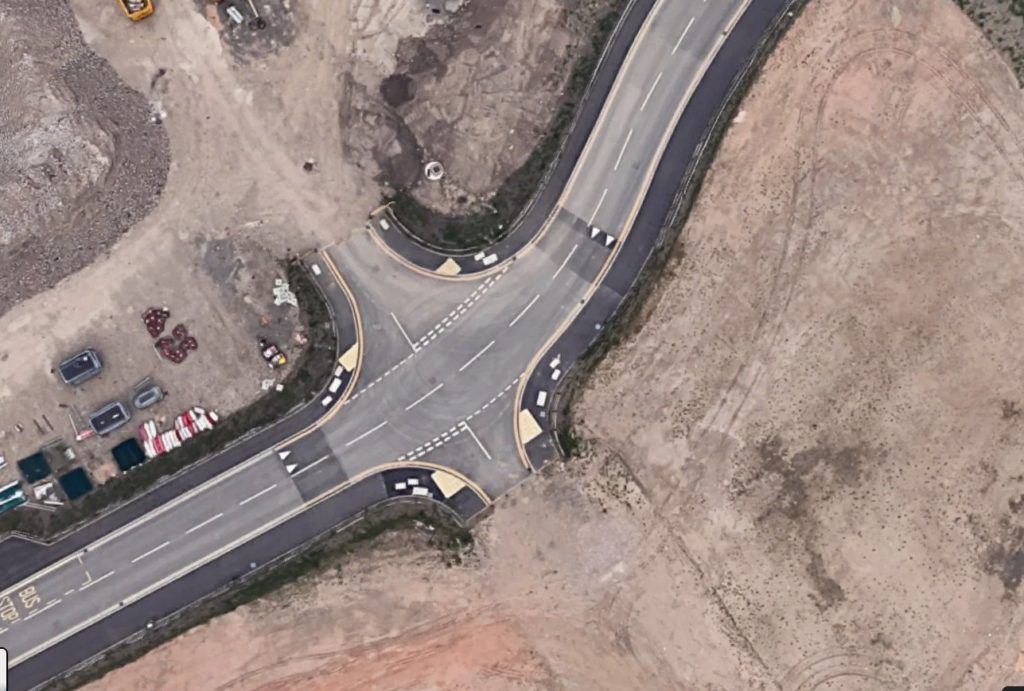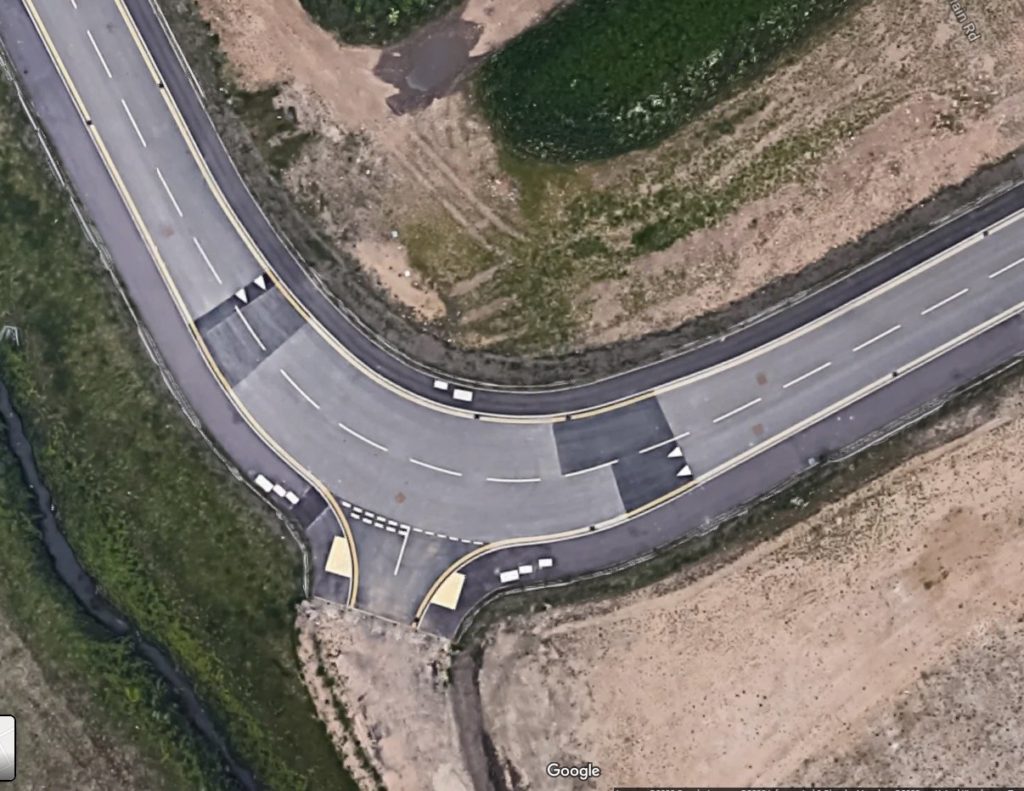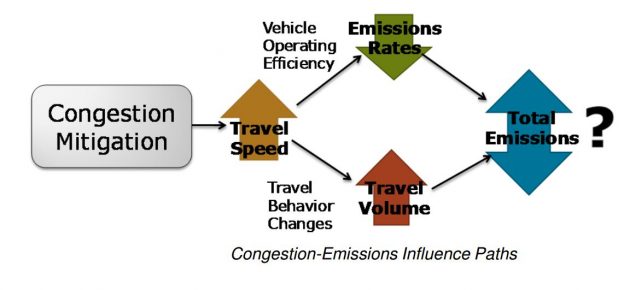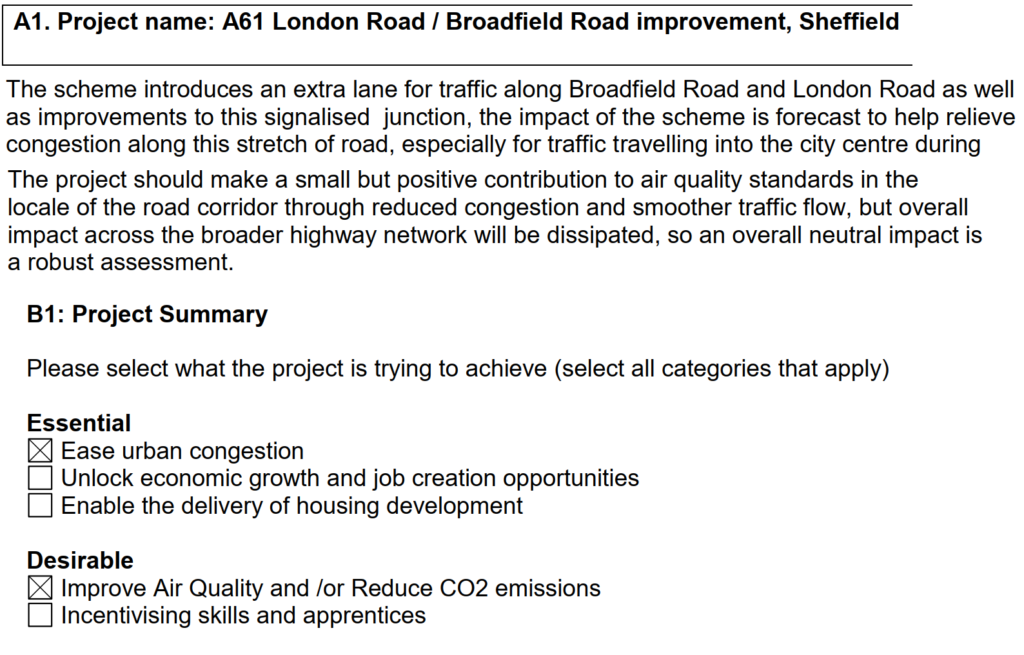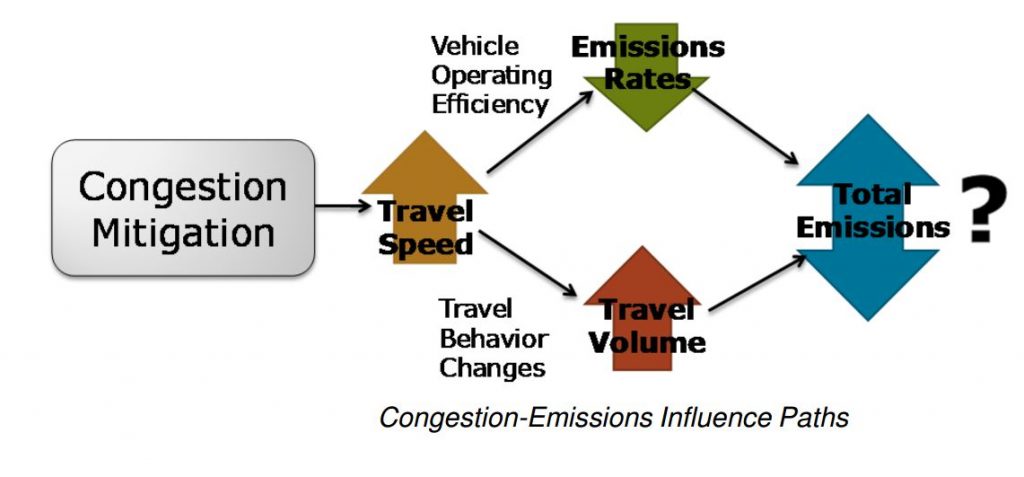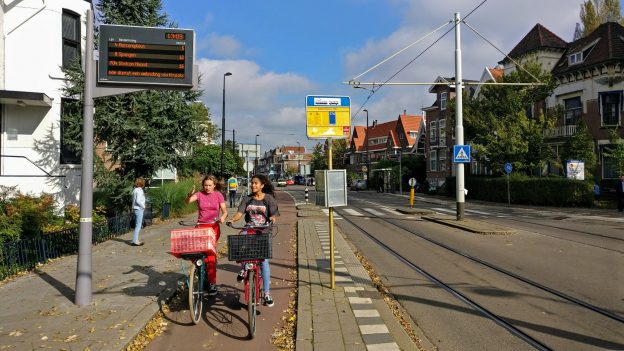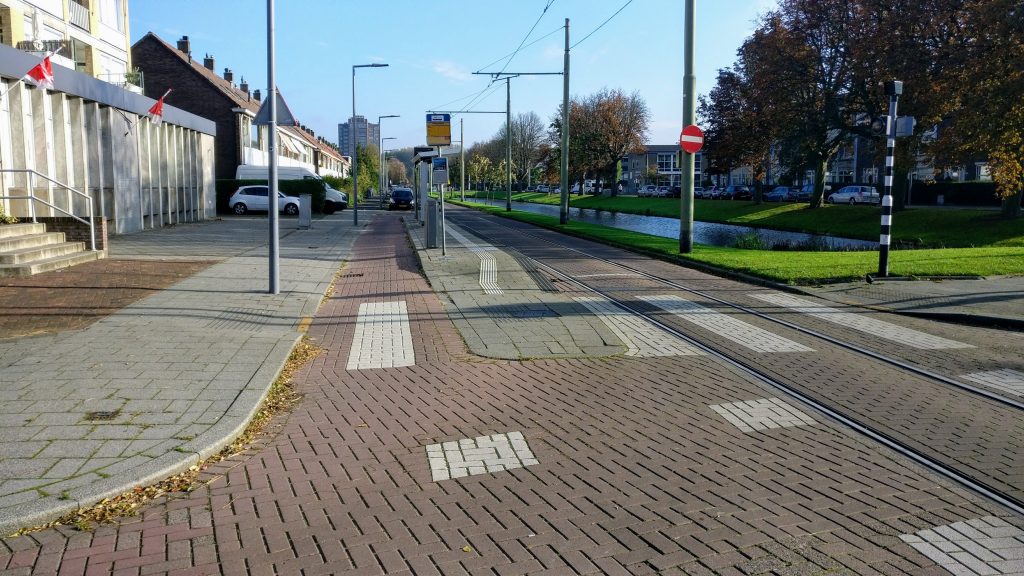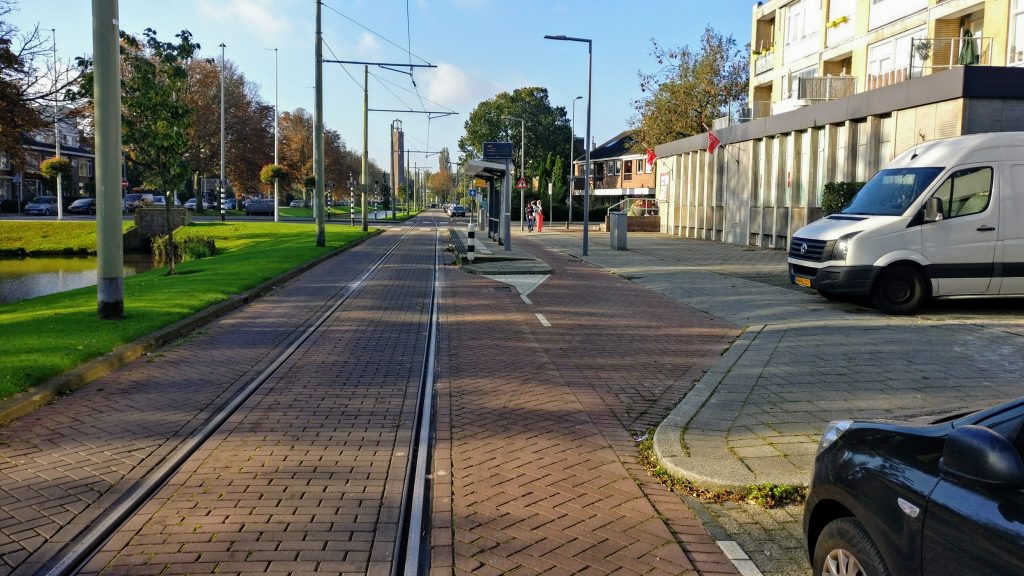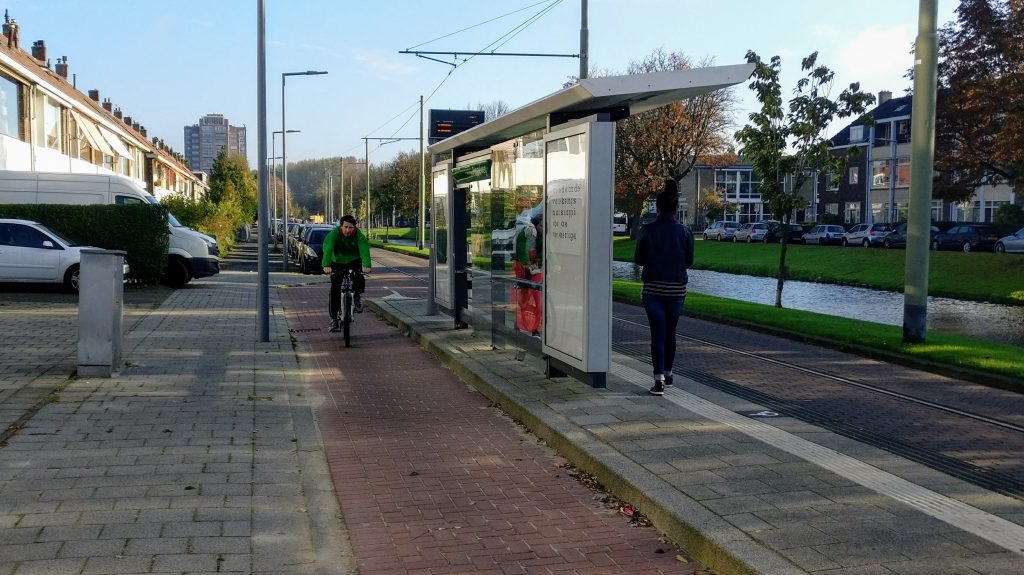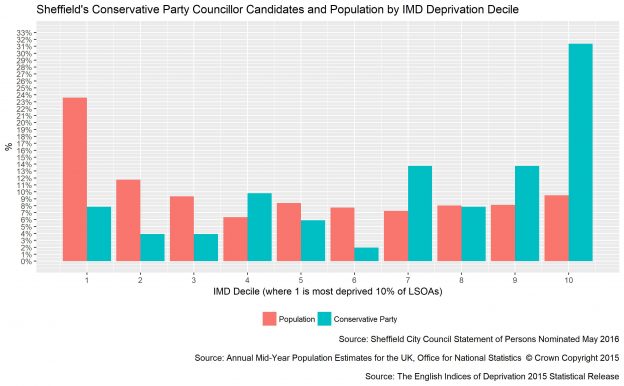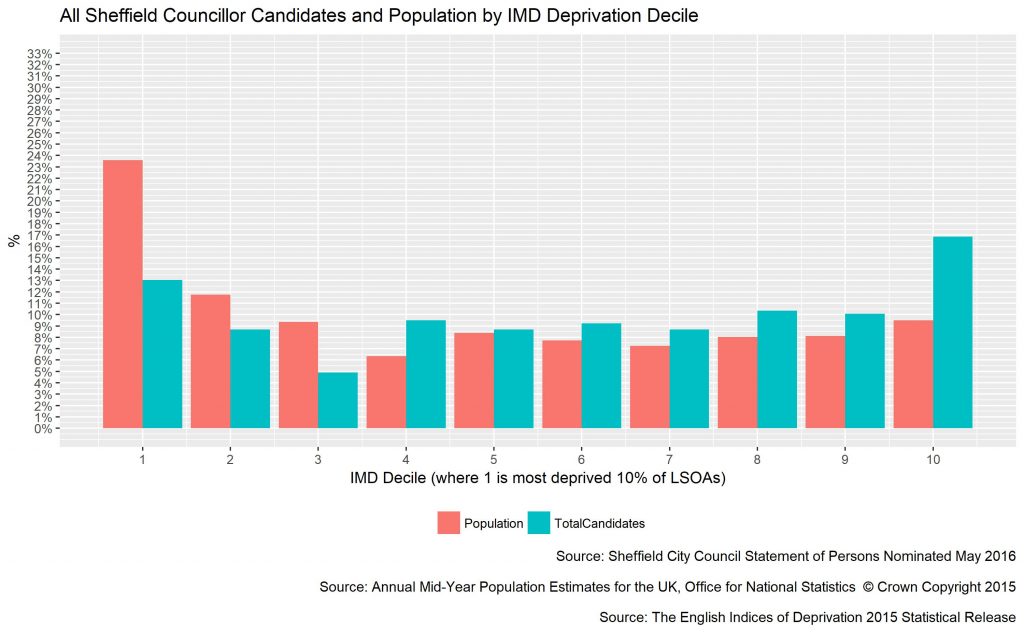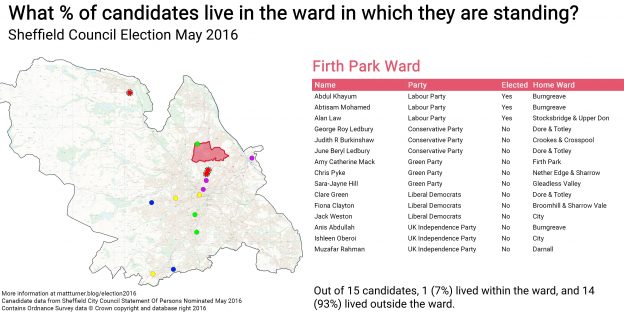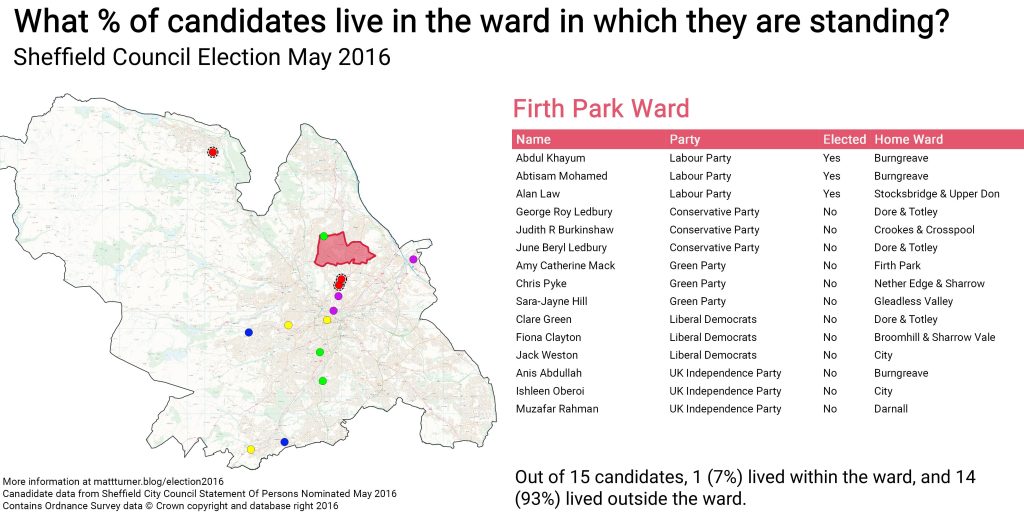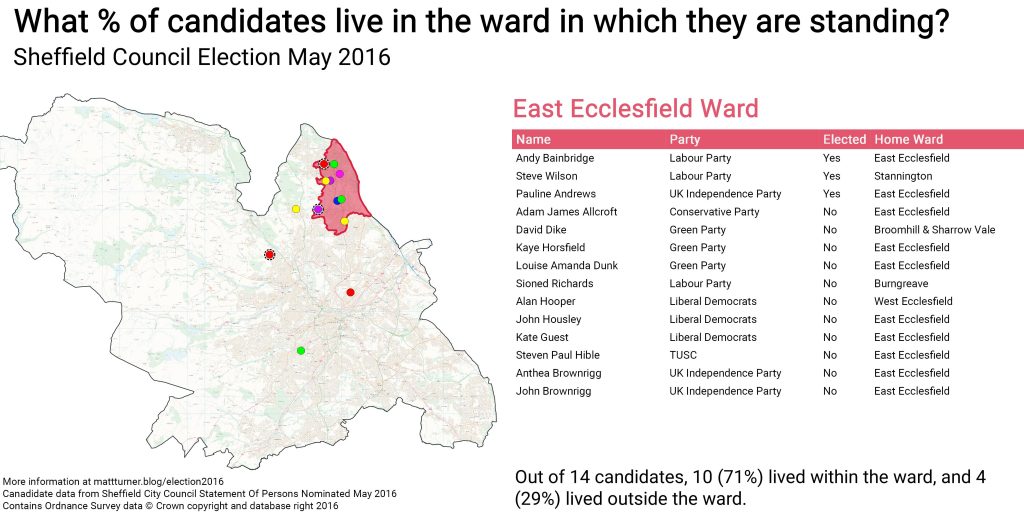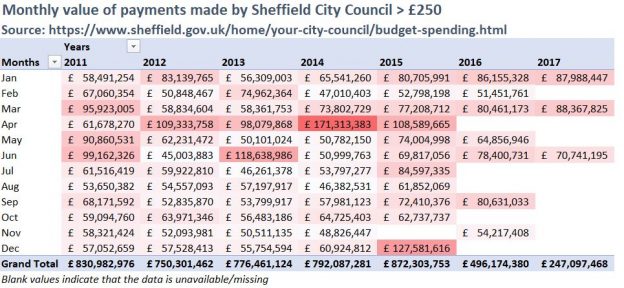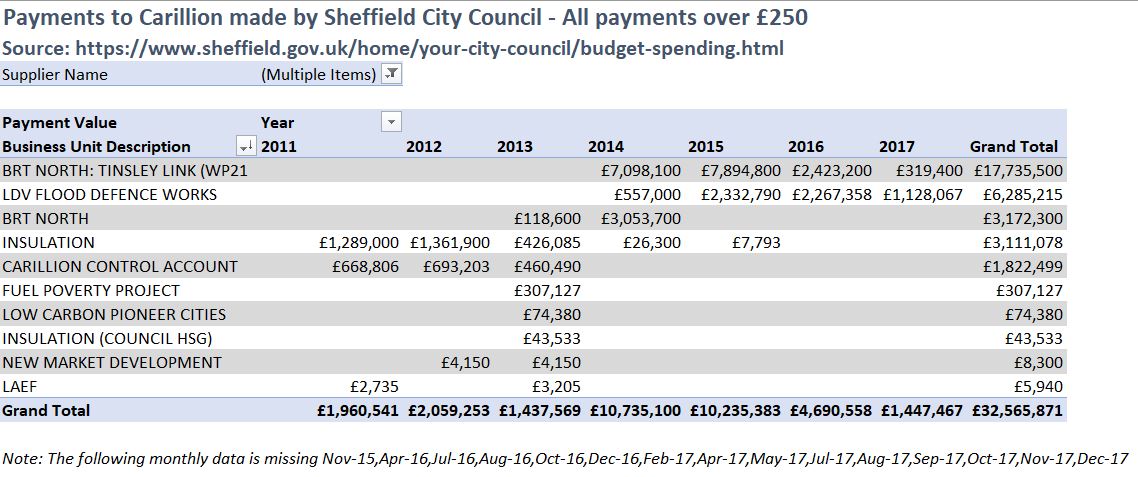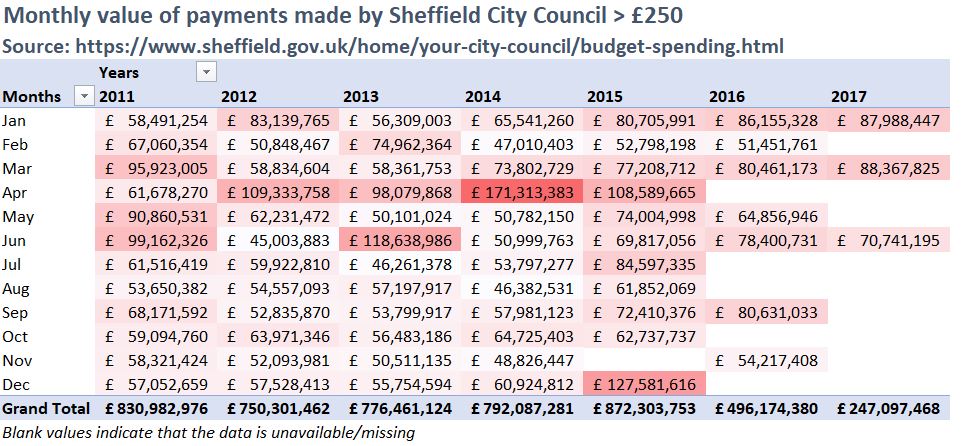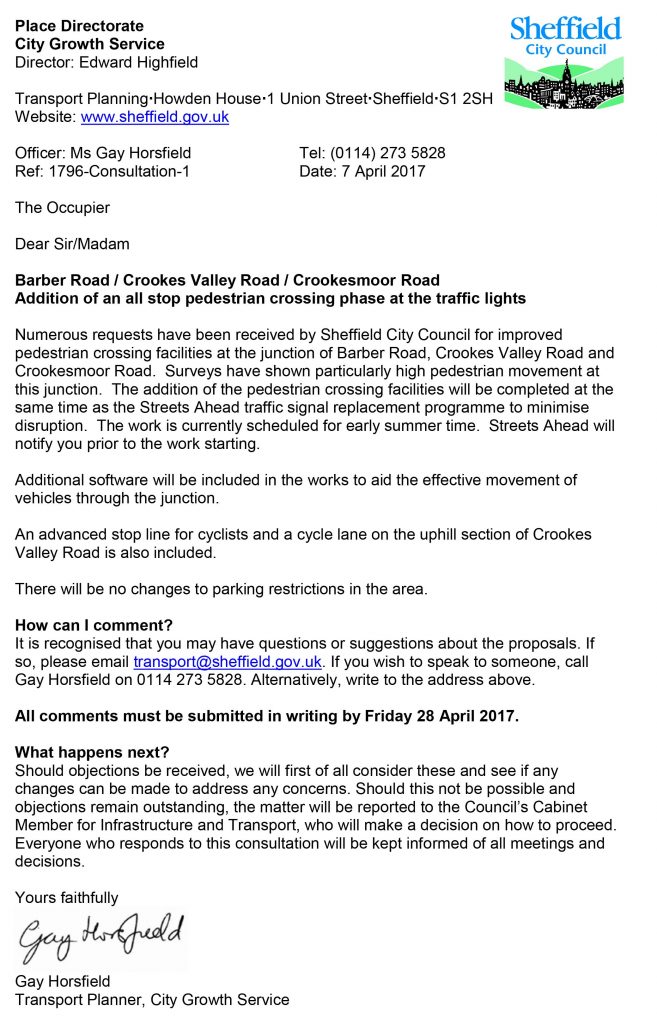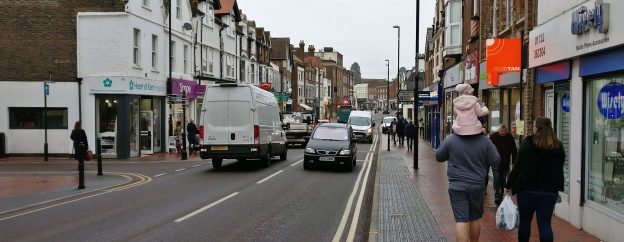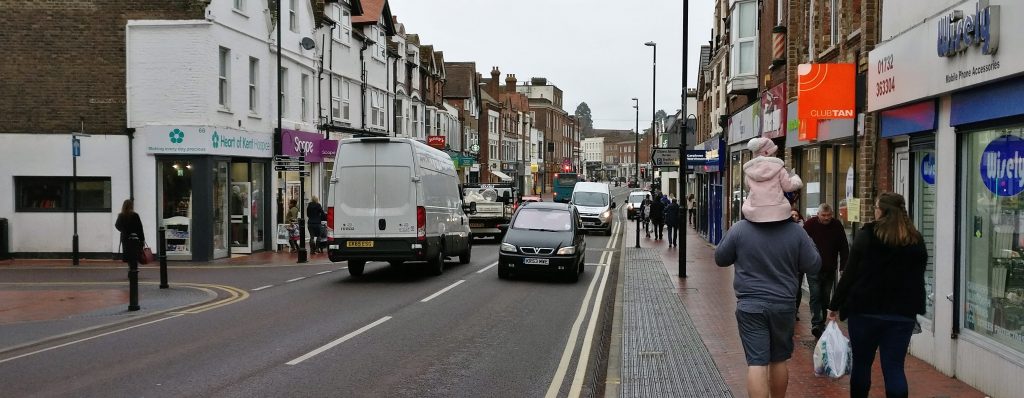A brand new road on a disused Boots industrial site will enable rat running and has badly designed shared use footways for cycling.
It will open sometime soon in 2020.
The new road [map] will serve a new residential and commercial business park area.
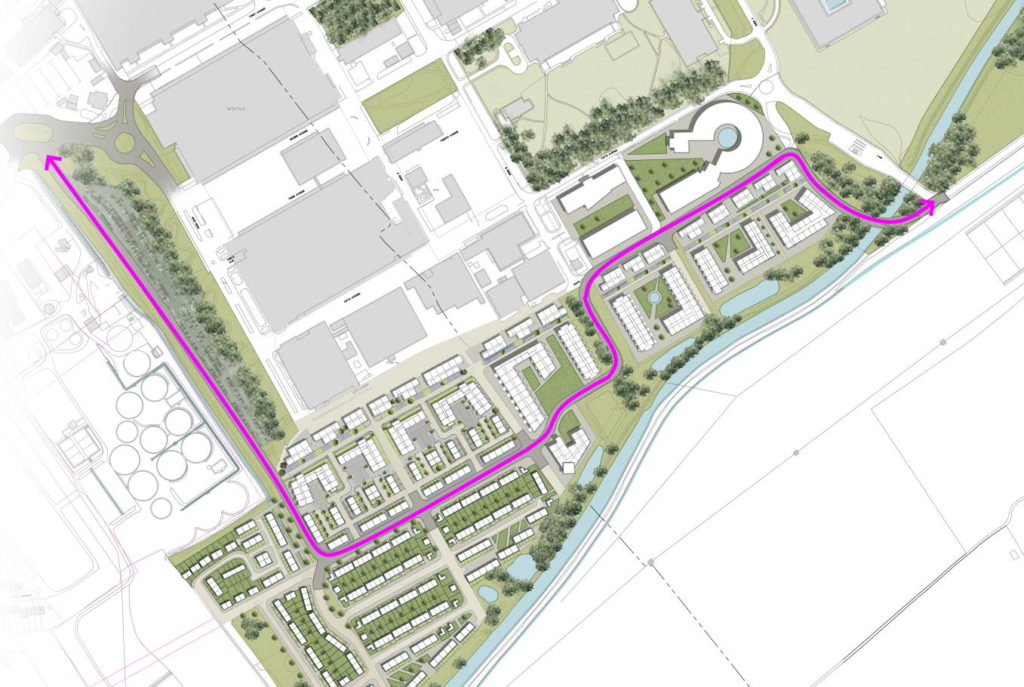
The new road highlighted in pink.
Enabling more rat running in Beeston
This road will create multiple new rat runs in Beeston in Nottingham. Bypassing the main roads, encouraging traffic to use this new bypass, through residential areas.
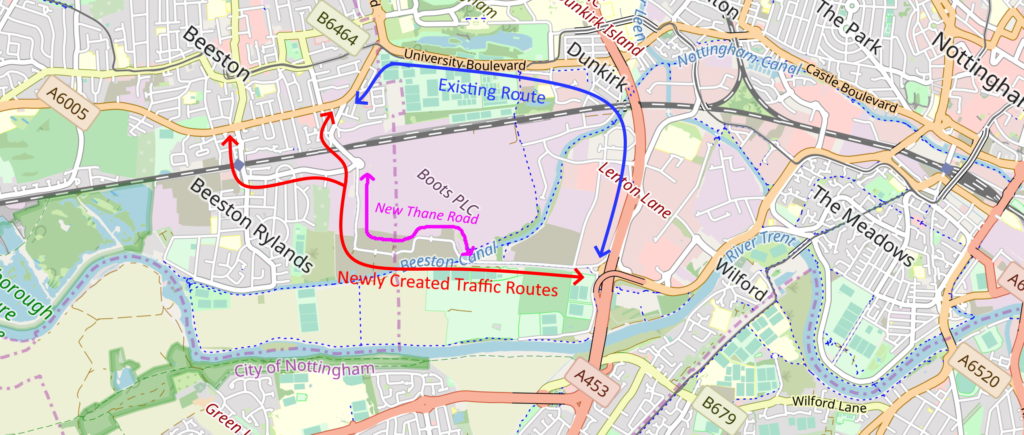
These new traffic routes will enable traffic to drive from the A52 Trunk Road in the East, onto the A6005 Queens Road, and University Boulevard in the West, by opening up access to Humber Road South, Beacon Road, Lilac Grove and Station Road.
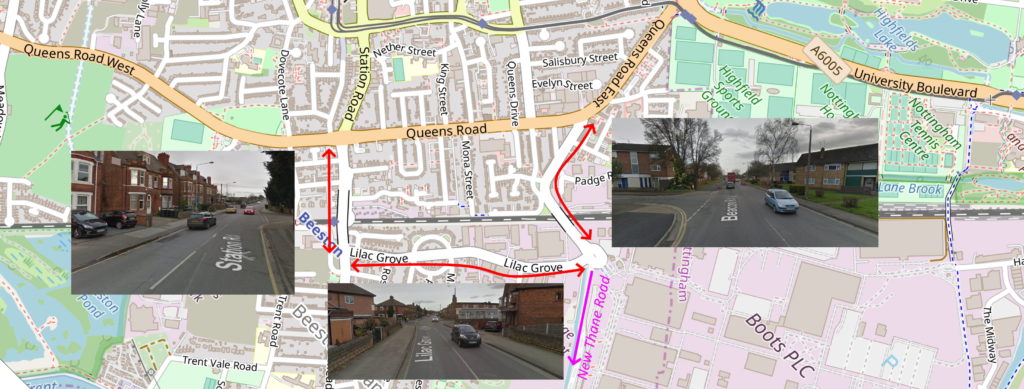
There’s an acknowledgement in the design that speeding traffic will be a problem from the beginning. Speed cushions are part of the design from the outset.
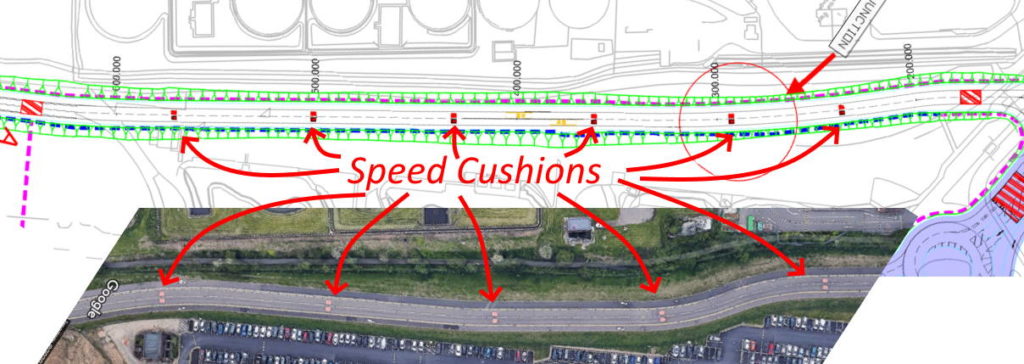
Badly designed shared use footways for cycling
There is an unsegregated shared use footway along the entire new road.
Lazy design. Very little attention has been paid to the junctions which have nice wide radius curves allowing people driving to turn in and out at speed, instead of tight radii.
The footways are discontinuous, people cycling and walking will be expected to give way to vehicles turning in and out.
The Nottingham Cycle Design Guide is reasonably good on this, but has been ignored.

- Reduced width – Ignored
- Tight radii – Ignored
- Raised crossing – Ignored
- Contrasting surface – Ignored
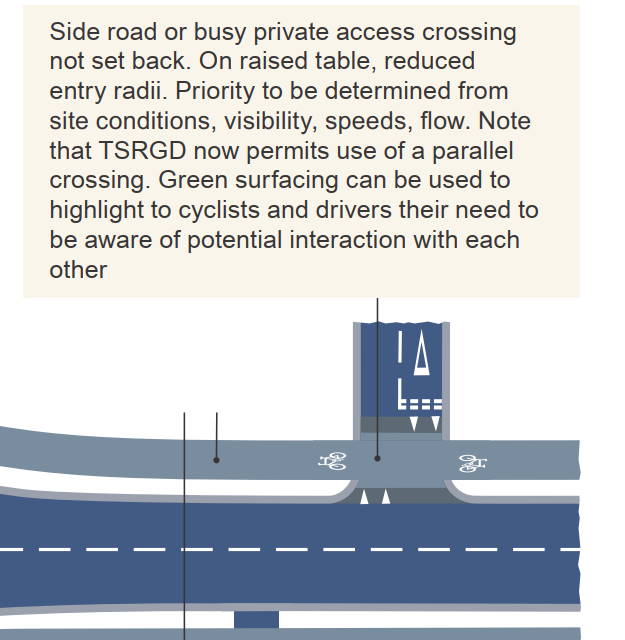
There is a parallel zebra crossing that connects a shared use footway at the top, with a shared use path at the bottom.
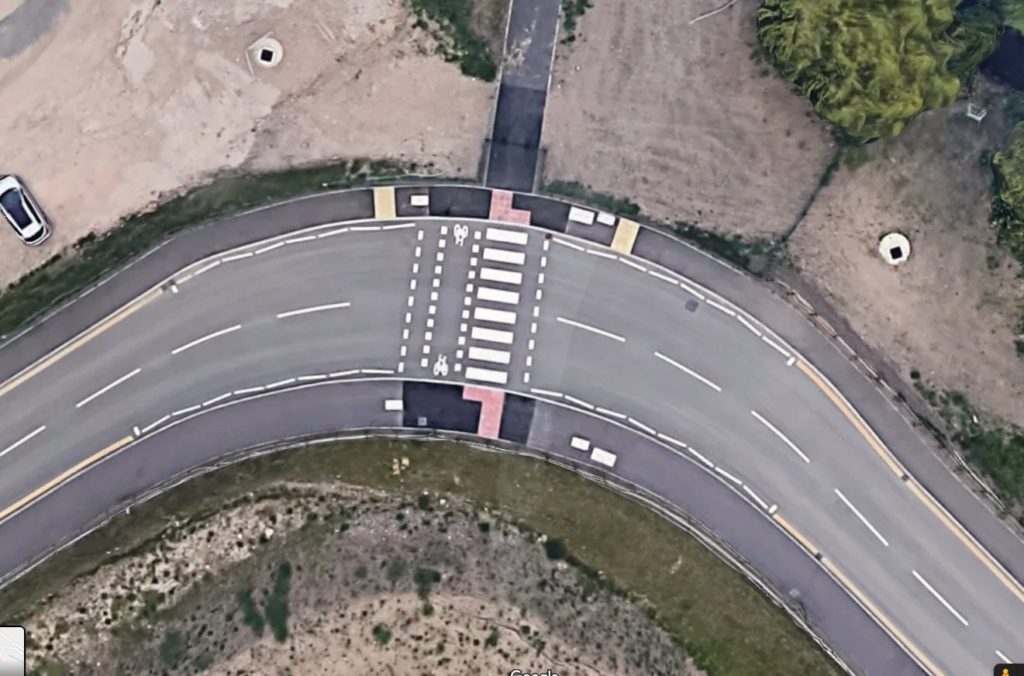
The crossing is on a 90 degree bend – people cycling will have to make difficult turn of head movements to check that it is safe to cross.
The crossing is not on a raised table.
The shared use footway at the bottom requires someone cycling to make a very sharp turn to use the crossing instead of the path being in line with the crossing.
The off road path at the top requires someone cycling to make a series of very sharp turns to use, the paths are designed with sharp corners, instead of smooth curves.

Belisha Beacon poles will probably mean that the will be obstacles to avoid when using this crossing and I’m concerned that the while rectangles on the satellite image are electrical/control boxes in the middle of the footway.
Everything in the Nottingham Cycle Design Guide seems to have been ignored.
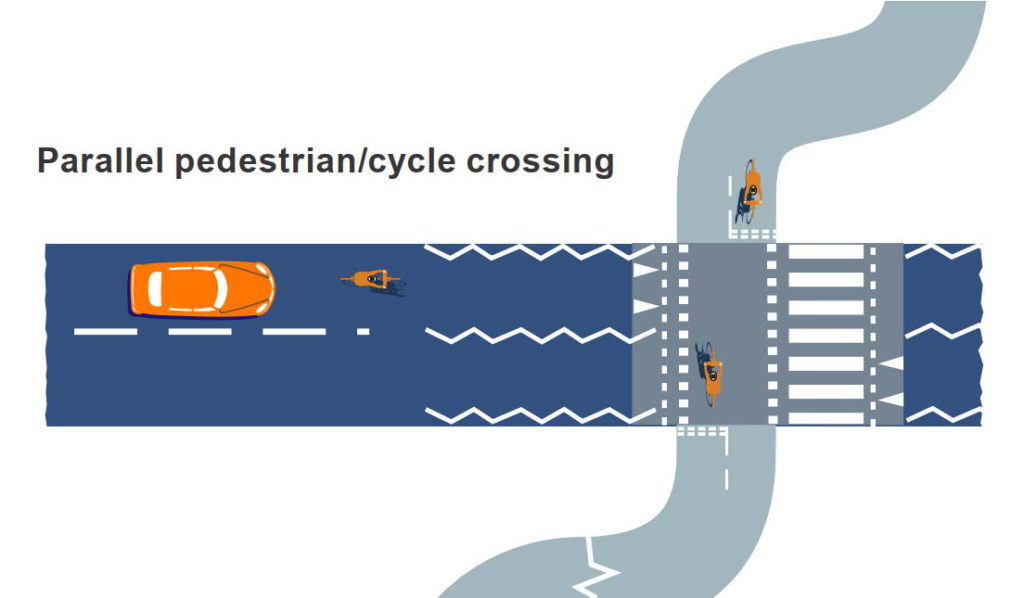
Conclusion
This is a brand new road, on an empty site.
The designers have chosen outdated designs straight out of the 70s. Cycling is an afterthought, permitted on poorly designed footways.
New rat run routes are enabled.
This new road shows that Nottingham still has a long way to go.


